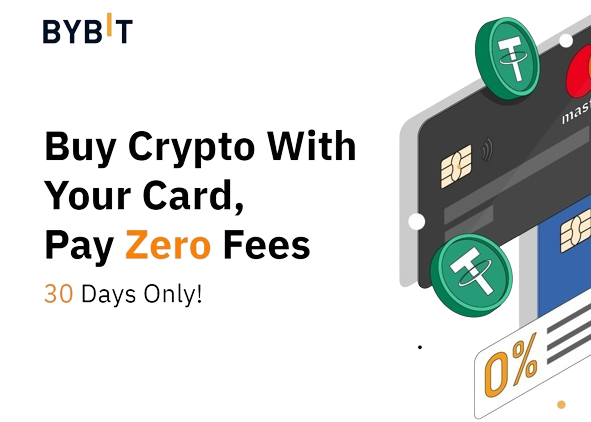This Course Is Only Available To Our Members
The Atomicals protocol introduced a new method of creating and managing digital assets. It offers a simple and effective approach to representing ownership within the Bitcoin ecosystem. ARC-20 tokens are based on the Atomicals protocol but were created independently by the community. In this article, we’ll explore the Atomicals Protocol and the basic concepts of ARC-20 tokens.
What Is the Atomicals Protocol?
Atomicals is a free, open-source protocol that provides a flexible way of creating digital objects on Bitcoin or any other blockchain that adopts the same UTXO model. Each digital object is called an “Atomical” or “atom” and basically consists of a chain of digital ownership, which follows a set of simple rules.
The Atomicals protocol can be used to mint, transfer, and update all sorts of static or dynamic digital objects, including fungible tokens and non-fungible tokens (NFTs). Atoms are created through Bitcoin transactions, and the protocol is compatible with any Bitcoin wallet without the need for separate chains, layer 2 networks, or third-party services.
What Is ARC-20?
Inspired by the BRC-20 token standard and built with the Atomicals protocol, ARC-20 is an experimental token standard for fungible tokens (colored coins) on the Bitcoin network.
Each ARC-20 token is linked to the value of at least one satoshi, the smallest unit of Bitcoin. This means that, by design, the value of each ARC-20 cannot go below 1 satoshi. However, that doesn’t necessarily mean that there will be market demand for such tokens, so it’s important to DYOR before taking risks.
It’s worth noting that there are no official ARC-20 tokens. All of them were created by the community and launched independently of the Atomicals Protocol team.
How Do ARC-20 Tokens Work?
ARC-20 tokens use the units of satoshi to represent digital ownership. Such tokens can be transferred, split, and combined just like regular units of BTC.
ARC-20 tokens come with a built-in ticker and name service, which ensures that each ticker, symbol, and name is unique. The first mint and registration of an ARC-20 ticker will be the only valid one, i.e., it’s permanent and can’t be used again.
Each ARC-20 asset carries the entire transaction history since it was created. This eliminates the need for a centralized indexing service, offering a more transparent and decentralized history for each object. This feature also helps to enhance system security, addressing common concerns related to digital asset ownership.
Decentralized vs. Direct Minting
Decentralized minting
Minting ARC-20 tokens can occur through two primary methods: decentralized and direct minting. In decentralized minting, creators have the flexibility to specify parameters such as total mints allowed, awards per mint, and minting conditions. However, distribution is decentralized. Anyone is capable of minting tokens over time based on predefined parameters set by the creator.
Direct minting
On the other hand, direct minting involves the creation of a single transaction output containing the entire token supply. This approach grants creators full control over token supply and distribution, but it requires an upfront commitment of satoshis equivalent to the intended token supply. Direct minting enhances credibility by ensuring creators invest satoshis in the project, potentially reducing the risk of fraudulent or rug-pull endeavors.
Atomicals Use Cases
When it comes to use cases, the Atomicals protocol is versatile and can be used in a wide range of fields, such as:
- Media, digital collectibles, and art
- Peer-to-peer exchange and atomic swaps
- Gaming assets
- Web hosting and storage
- Digital identity and authentication
- Virtual land and title registries
- Social media, online communities, and more.
Atomicals vs. Ordinals
You might have noticed similarities between Atomicals and the Ordinals protocol, but the official Atomicals documentation claims that each protocol has different strengths and use cases and that Atomicals was designed to complement Ordinals and other existing protocols.
Some of the key differences relate to the simplified way Atomicals is designed. While Ordinals store only one file upon minting, Atomicals allows for one or multiple files to be stored upon minting.
When it comes to address format, both protocols use P2TR (Taproot) addresses, but Atomicals only requires addresses for mint and updates, while Ordinals requires addresses for all uses, including mint and transfers. Atomicals also offers a built-in ticker name service and the so-called Realms as NFTs that can represent domain names and digital identities.
Another key difference is that the Atomicals protocol prevents the misuse of miner fees, ensuring that the protocol is used for its intended purpose. Due to its simple implementation, it’s impossible to accidentally spend Atomicals as miner fees. It’s also straightforward to verify that ownership was transferred to the correct recipient, without necessarily relying on third party indexers.
Why ARC-20 Tokens Matter
ARC-20 tokens offer a standardized approach to indexing and managing tokens, streamlining the creation and transfer of digital assets within the Bitcoin ecosystem. By bridging the gap between tokenized assets and Bitcoin’s native currency, ARC-20 tokens can unlock new possibilities for decentralized finance (DeFi) and asset tokenization management.
Closing Thoughts
The Atomicals protocol and ARC-20 tokens represent an interesting development on the Bitcoin blockchain. If their adoption grows, ARC-20 tokens have the potential to influence various aspects of decentralized finance, asset tokenization, and digital identity management. While the full extent of their impact remains to be seen, ARC-20 tokens offer new avenues for innovation in the digital asset space.




